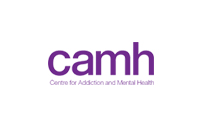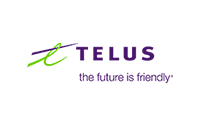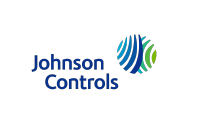While the shift to virtual work may have been precipitated by the necessary work-from-home measures in 2020 due to COVID, plans for the new hybrid workforce are becoming less reactionary and more deliberate now. This transition is proving to be challenging in many workplaces and there is no question that the post-pandemic world of work is going to look different. Leading a hybrid team will require adaptability to change and an openness to experimentation.
5 Tips for Leaders to Manage a Hybrid Workforce
1. Acknowledge what’s new and different about the hybrid workplace
2. Foster empathy, equity and inclusion in your hybrid work model.
3. Cultivate the mindsets of learning agility and resilience
4. Pay close attention to purpose, alignment and commitment.
5. Focus on building collective capability, both within your hybrid team and across the organization’s entire hybrid workforce.
Acknowledge what’s new and different about the hybrid workplace
· Communicate that this is a new environment and that work for one person might not work for another
· Reassure people that their choice of work is not career-limiting and their contributions are valued
· Ensure effective team collaboration processes are in place
· Address culture – the primary challenge of a remote and hybrid workforce isn’t productivity, its employee engagement and organizational culture
· Create psychologically safe environments and ensure team members have the skills to hold candid conversations with one another.
Foster empathy, equity and inclusion in your hybrid work model.
· Be intentional and work to maintain or establish inclusive practices for team huddles or group calls.
· Take time to help the newly hybrid workforce develop an identity by crafting a set of shared team norms or expectations
· Address issues such as team communication tools; team meetings; days in the office.
Cultivate the mindsets of learning agility and resilience
· Help your employees master learning agility and be prepared for change
· Check in with them to see what is working, and what is not and adapt accordingly
· Role model resilience and mental health by nurturing your own personal and professional relationships; prioritizing regular exercise and sleep; making time for mindfulness and respecting downtime and avoiding contacting employees during their off hours.
Pay close attention to purpose, alignment and commitment.
· Ensure team members are in agreement on the group’s overall goals and strategies.
· Check in to make sure your group is aligned and if employees with different tasks and roles are coordinating their work.
· Ensure there is a high level of mutual responsibility for the group’s outcomes.
Focus on building collective capability, both within your hybrid team and across the organization’s entire hybrid workforce.
· Ensure your team is set up with the skills and networks to collaborate across boundaries.
· Ask yourself:
o how is my team connected with other teams off-site?
o How do my team members and I best interact with those teams?
o How is my team currently working across boundaries?
o How can we foster interaction, better conversations and effective collaboration between departments in a hybrid work environment?
Contact us for more information on how we can support you in building high-performing and effective teams for 2023!

















